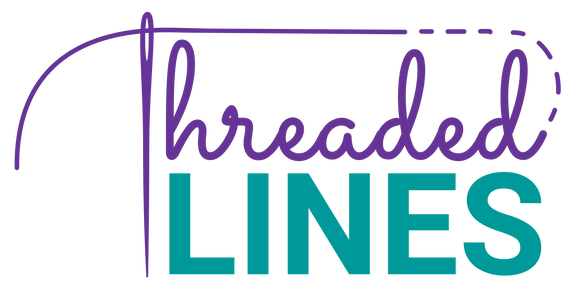Understanding Thread Weights
When diving into the world of sewing and quilting, the variety of threads available can be overwhelming. One crucial aspect to understand is thread weight, as it plays a significant role in the outcome of your project. Let's unravel the mystery behind thread weights and explore how to choose the perfect one for your next creation.
What is Thread Weight?
Thread weight refers to the thickness of the thread. It is typically measured using different systems, including the weight number, Tex, and Denier. The weight number is the most common system, especially in the United States, and it can be a bit counterintuitive: the higher the number, the finer the thread. Here’s a breakdown of some common thread weights and their uses:
12 Weight
- Description: Very thick thread, almost like a thin yarn.
- Uses: Ideal for hand stitching, decorative topstitching, and bold quilting.
- Notes: Works best with larger needles and slower stitching speeds to prevent breakage.
28 Weight
- Description: Thick, but slightly finer than 12 weight.
- Uses: Great for machine quilting, hand embroidery, and decorative stitches.
- Notes: Can be used in the bobbin for a more pronounced stitch on the back of the fabric.
40 Weight
- Description: Medium-thickness thread.
- Uses: Versatile for machine quilting, embroidery, and general sewing.
- Notes: Often used in both the top and bobbin for balanced stitching.
50 Weight
- Description: Standard thickness, fine yet strong.
- Uses: Perfect for piecing quilts, general sewing, and delicate embroidery.
- Notes: Widely regarded as an all-purpose thread, suitable for most projects.
80 Weight
- Description: Very fine thread.
- Uses: Ideal for detailed embroidery, lace making, and heirloom sewing.
- Notes: Requires a smaller needle and careful tension adjustments to prevent breakage.
100 Weight
- Description: Ultra-fine thread, almost invisible.
- Uses: Best for invisible applique, micro quilting, and fine heirloom work.
- Notes: Delicate and requires precise handling to avoid snapping.
How to Choose the Right Thread Weight
Project Type
- Quilting: Thicker threads like 12 or 28 weight create bold stitches that stand out, while 40 or 50 weight are excellent for piecing and general quilting.
- Embroidery: Finer threads such as 50, 80, or 100 weight are ideal for intricate embroidery designs and delicate fabrics.
- Garment Sewing: Medium weight threads like 40 or 50 are versatile and suitable for most fabric types.
- Decorative Work: Thicker threads (12 or 28 weight) add texture and dimension to decorative stitching and topstitching.
Fabric Type
- Heavy Fabrics: Use thicker threads for heavy-duty materials like denim, canvas, and upholstery.
- Lightweight Fabrics: Choose finer threads for delicate fabrics such as silk, organza, and lightweight cotton.
Needle Size
- Pair the thread weight with the appropriate needle size. Thicker threads require larger needles, while finer threads need smaller needles to ensure smooth stitching.
Tips for Using Different Thread Weights
1. Adjust Tension: Different thread weights can affect your sewing machine's tension. Always test on a scrap piece of fabric and adjust accordingly. (if you are at all unfamiliar with your machine, be careful with tension settings!)
2. Match Needle and Thread: Use the recommended needle size for the thread weight to avoid skipped stitches and breakage.
3. Slow Down: When working with thicker threads, reduce your sewing speed to prevent thread breakage and ensure even stitching.
4. Experiment: Don't be afraid to try different thread weights and see how they affect the look and feel of your projects. Each weight brings its own unique texture and dimension.
Understanding thread weights is a great way to achieving the best results in your sewing projects. From bold quilting to delicate embroidery, the right thread weight can make all the difference. Experiment with different weights, adjust your techniques, and watch as your creations come to life with enhanced texture and precision. Happy sewing!





Comments
Such helpful information. Thank you!
I’d love to hear your thoughts and advice on threads for hand-piecing and hand-quilting!
I only hand-piece my tops, and I’ve struggled to find the right threads for me. I want to use 100% cotton (so I can enter the Texas state fair, haha), but the additional wear and tear of hand-stitching wears the threads in tough ways. I’m stuck over in polyester land, dreaming of better. :)